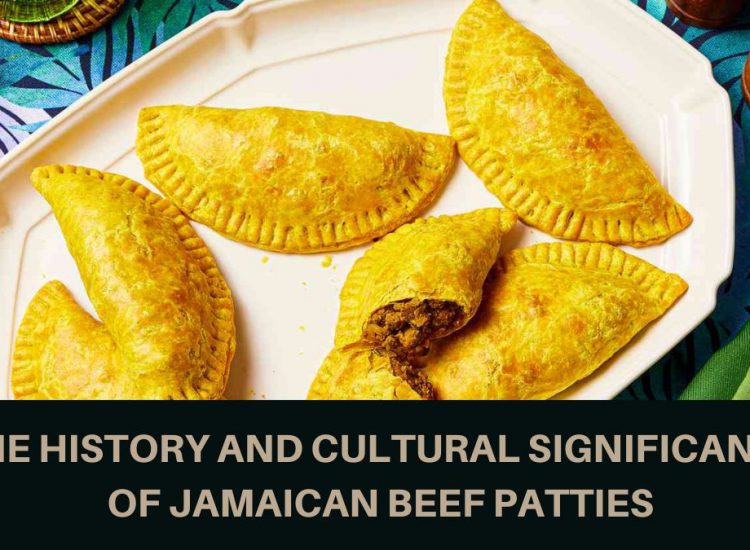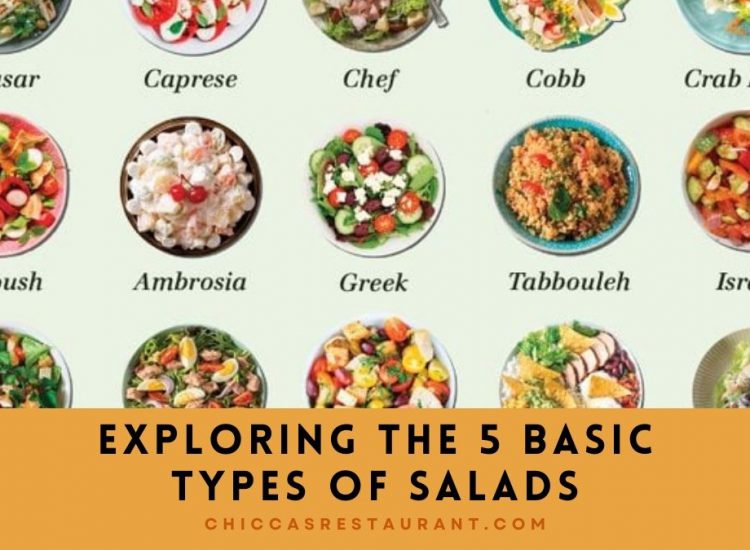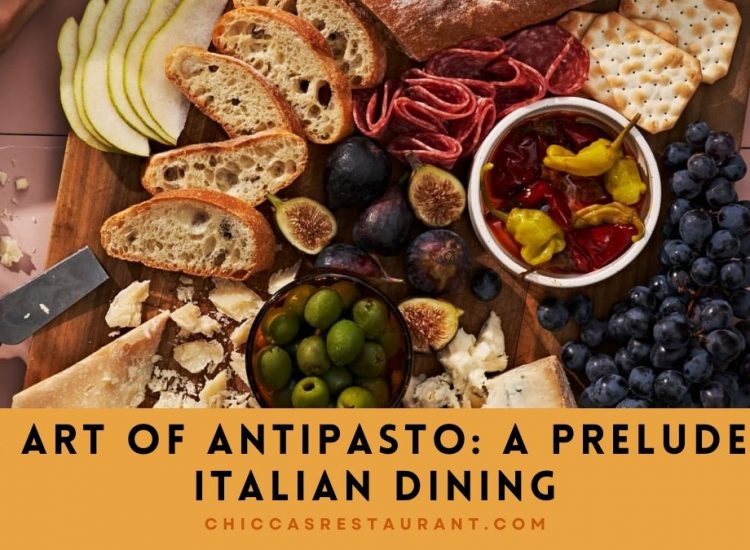Antipasto, the traditional Italian appetizer course, offers a delightful array of flavors, textures, and aromas that set the stage for a memorable dining experience. Let’s delve into the three primary types of antipasto to uncover their unique characteristics and contributions to the Italian culinary tradition.
Toc
Antipasti di Mare (Seafood Antipasto)
Anchor to Coastal Traditions: Antipasti di Mare celebrates the sea’s bounty, featuring an assortment of seafood delicacies that reflect Italy’s rich coastal heritage.
Incredible Variety: From marinated anchovies and octopus salad to fresh oysters and grilled squid, antipasti di mare offers a diverse selection of seafood, often prepared with aromatic herbs, citrus accents, and quality olive oil.
Regional Influences: Each coastal region of Italy contributes its distinct seafood antipasti, with ingredients and preparations influenced by local traditions and the daily catch from the Mediterranean.

1. https://chiccasrestaurant.com/archive/411/
2. https://chiccasrestaurant.com/archive/412/
3. https://chiccasrestaurant.com/archive/655/
Source: https://ainttooproudtomeg.com/
Antipasti di Terra (Meat and Cheese Antipasto)
A Carnivorous Delight: This dish highlights Italy’s rich butchery and cheese-making tradition, featuring an enticing assortment of cured meats and flavorful cheeses.
The Charcuterie Spectrum: This type of antipasto spans an extensive range of cured meats, such as prosciutto, salami, and bresaola, often complemented by an array of aged cheeses, including pecorino, Parmigiano-Reggiano, and gorgonzola.
Accompaniments and Condiments: Antipasti di Terra is often served with an array of accompaniments, such as salty olives, sweet figs, artisanal honey, and pickled vegetables – each adding layers of flavor and complexity to the experience.
Antipasti Vegetariani (Vegetarian Antipasto)
A Symphony of Fresh Produce: Antipasti Vegetarian celebrates Italy’s bounty of fresh vegetables, presenting a vibrant and flavorful selection of vegetarian delights.
Seasonal Embrace: This type harmonizes with the changing seasons, showcasing vegetables in their prime, from artichokes and asparagus in the spring to roasted peppers and heirloom tomatoes in the summer.
1. https://chiccasrestaurant.com/archive/651/
2. https://chiccasrestaurant.com/archive/652/
3. https://chiccasrestaurant.com/archive/653/
Luscious Preparations: Vegetarian antipasto often features delicacies such as marinated grilled vegetables, creamy fresh mozzarella, bruschetta with ripe tomatoes and basil, and vibrant salads drizzled with extra-virgin olive oil and balsamic vinegar.
Crafting the Perfect Antipasto Experience
Embracing the three antipasto unveils a treasure trove of culinary diversity and cultural richness, inviting diners to embark on a sensory journey that encapsulates the essence of Italian cuisine. Whether savoring the fruits of the sea, indulging in the savory pleasures of meats and cheeses, or reveling in the garden-fresh offerings of the earth, each type of antipasto promises an enchanting prelude to the gastronomic delights that follow.
Conclusion
The three types of antipasto form an integral part of Italian dining traditions, showcasing the country’s deep-rooted connection to land and sea and the art of transforming simple ingredients into complex and unforgettable flavors.
By understanding these antipasti varieties, one can enrich one’s culinary repertoire and embrace the spirit of Italian dining with authenticity and appreciation.














